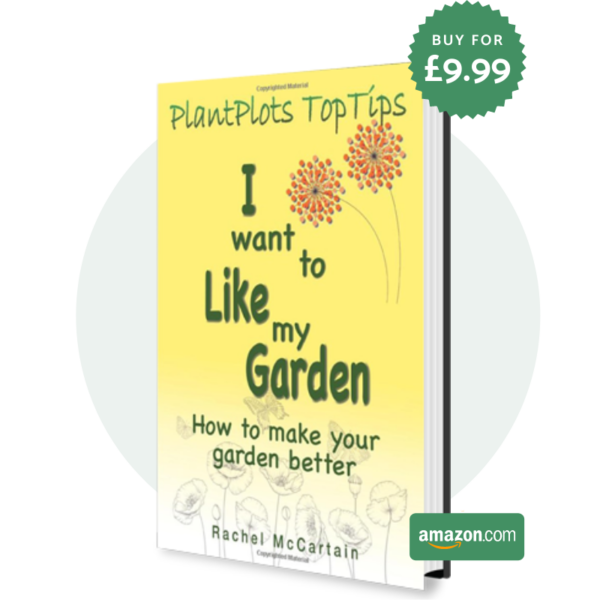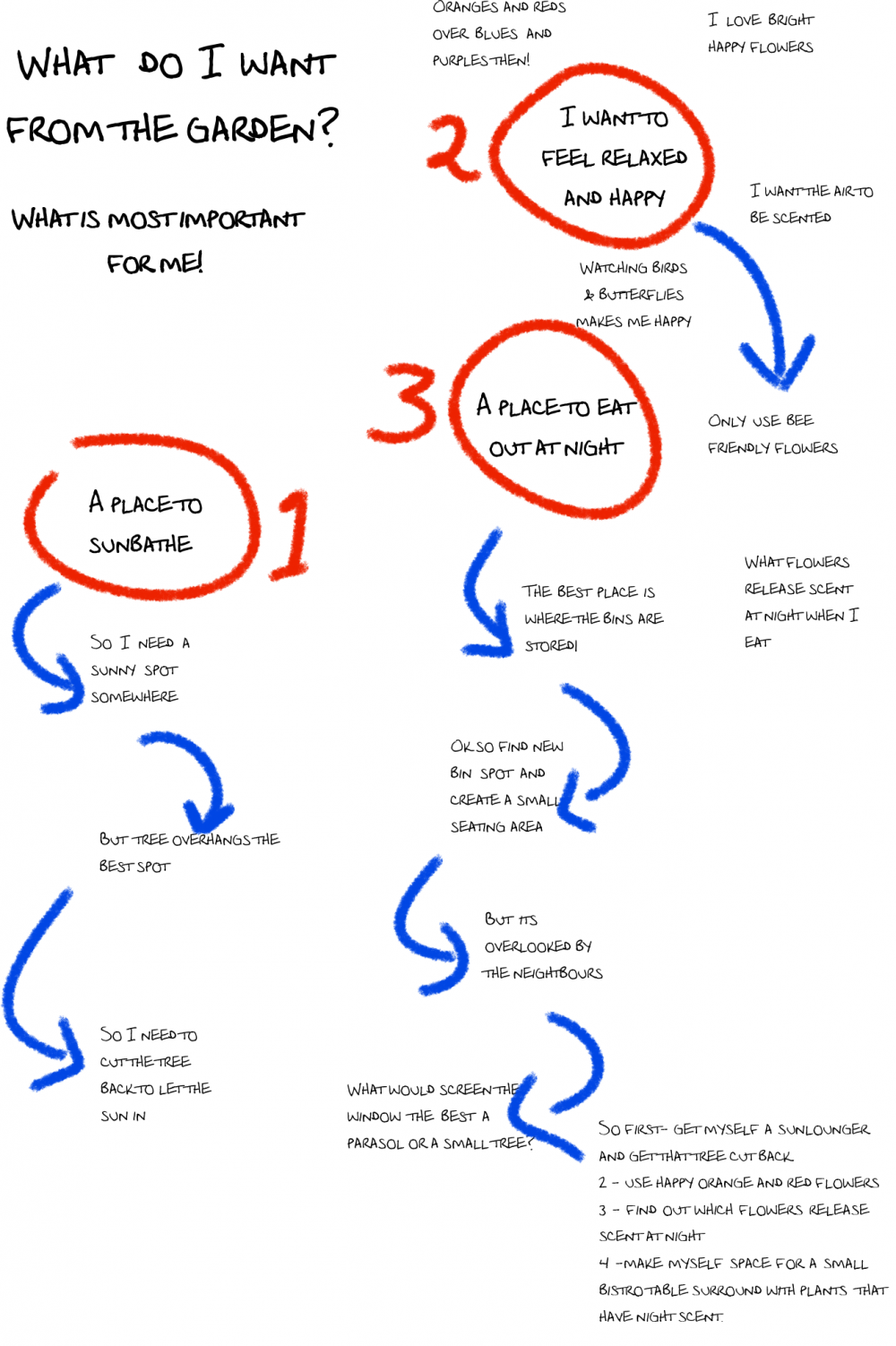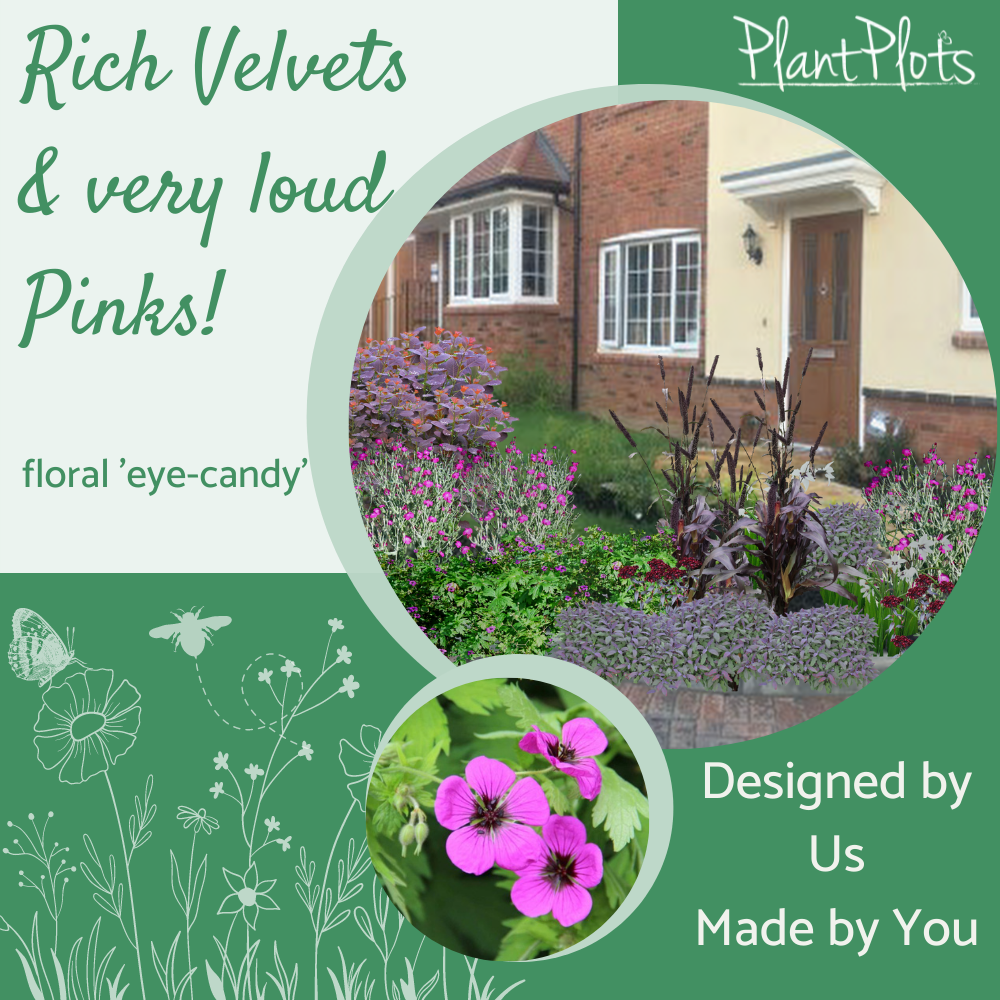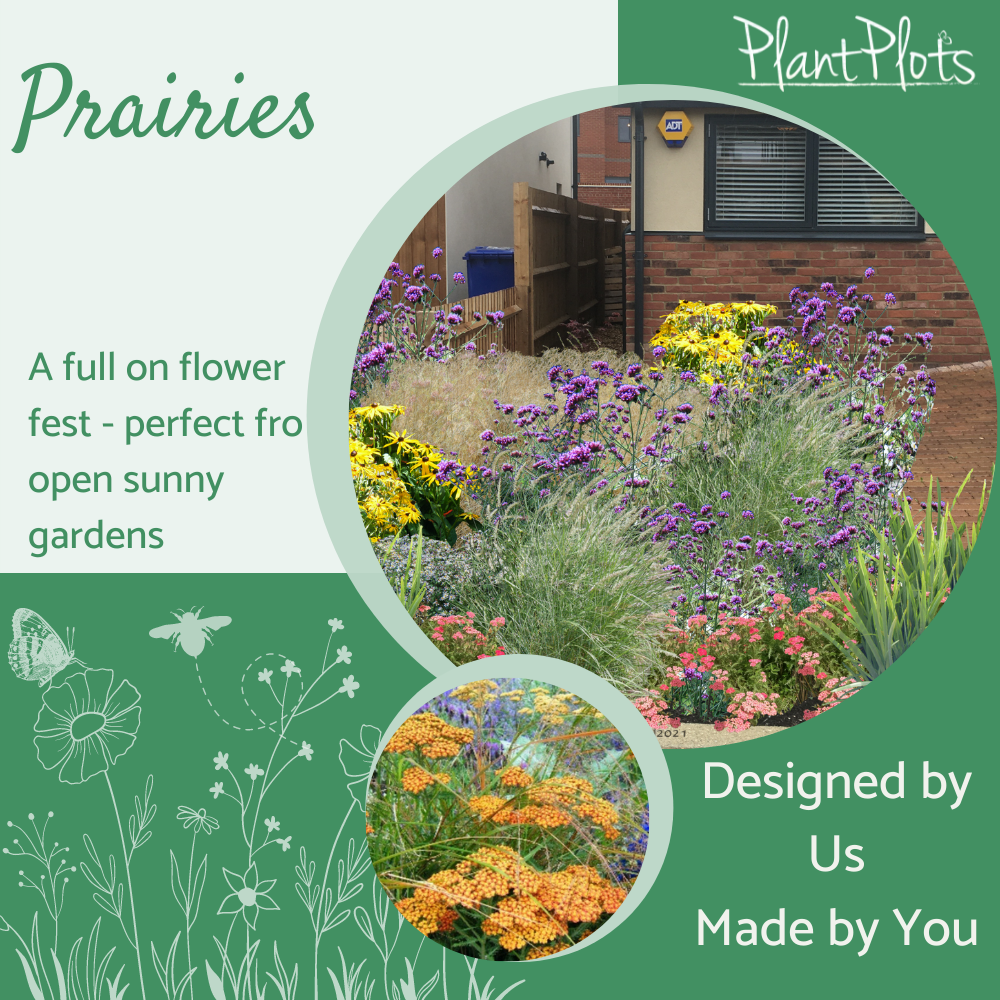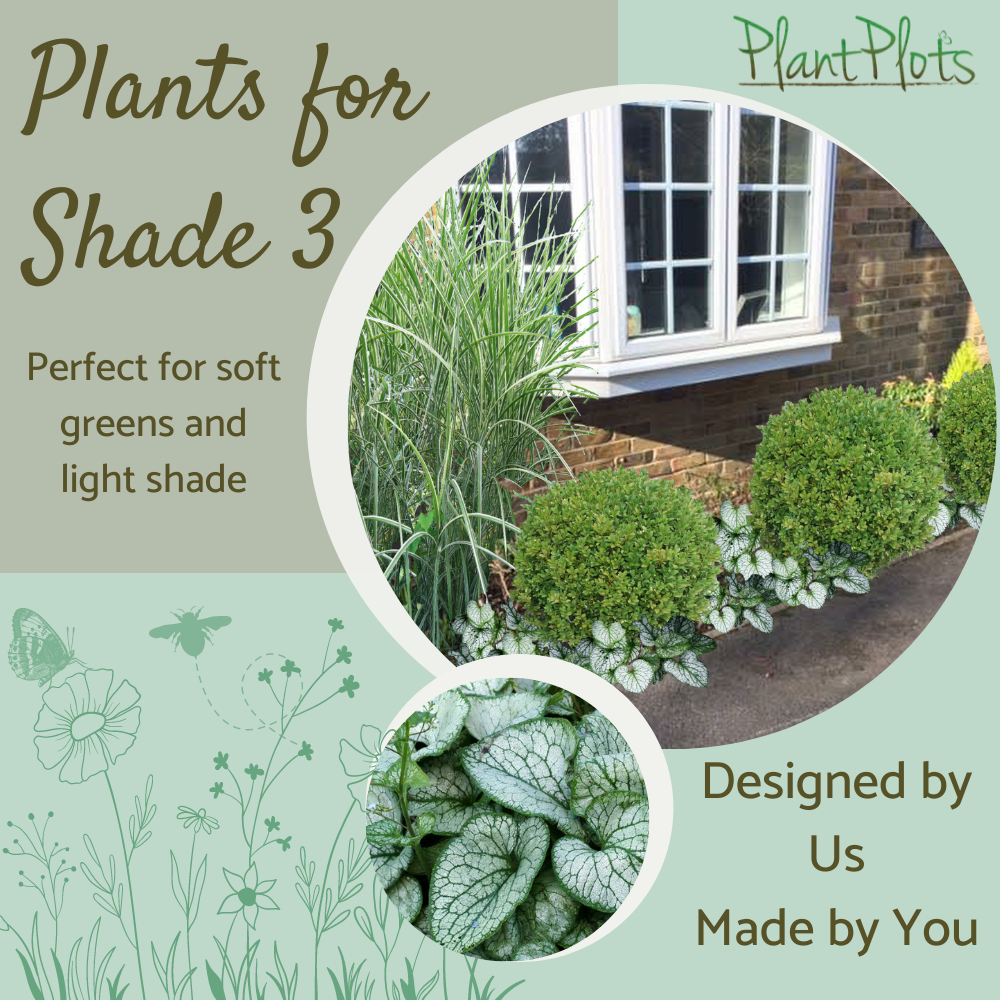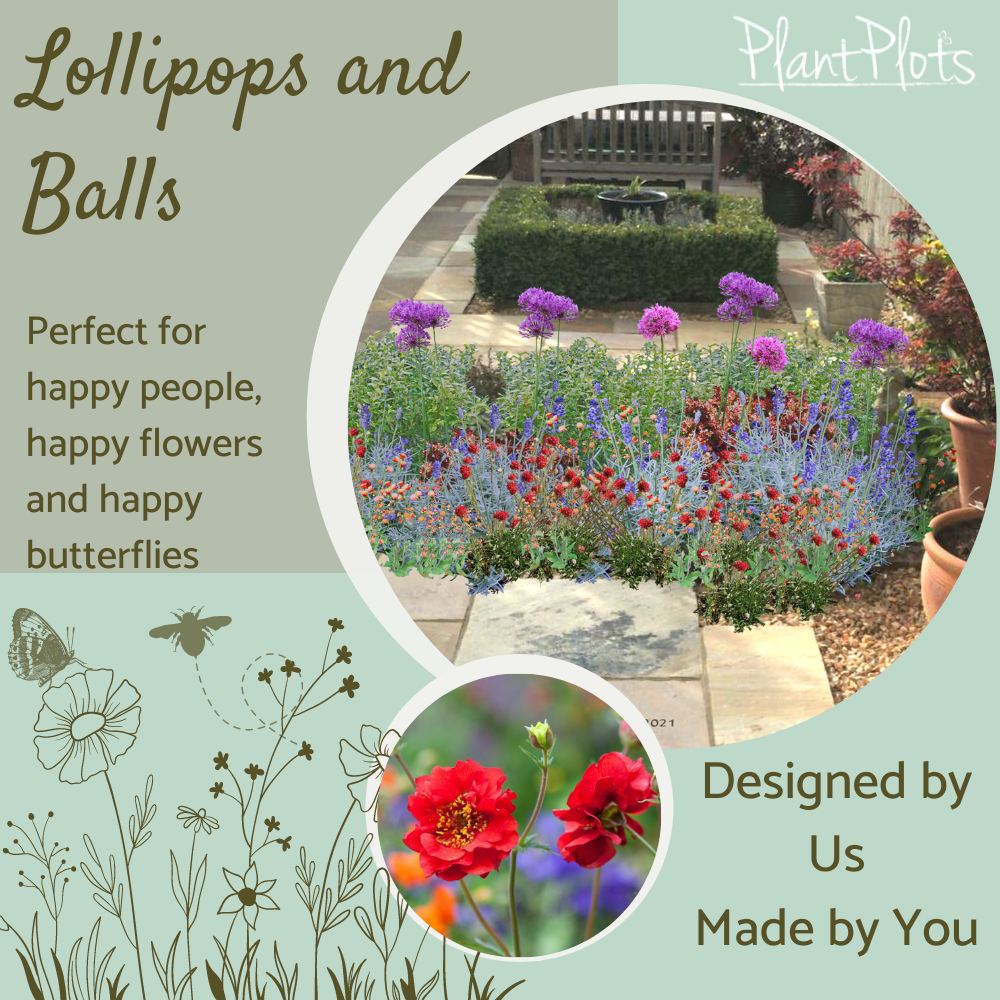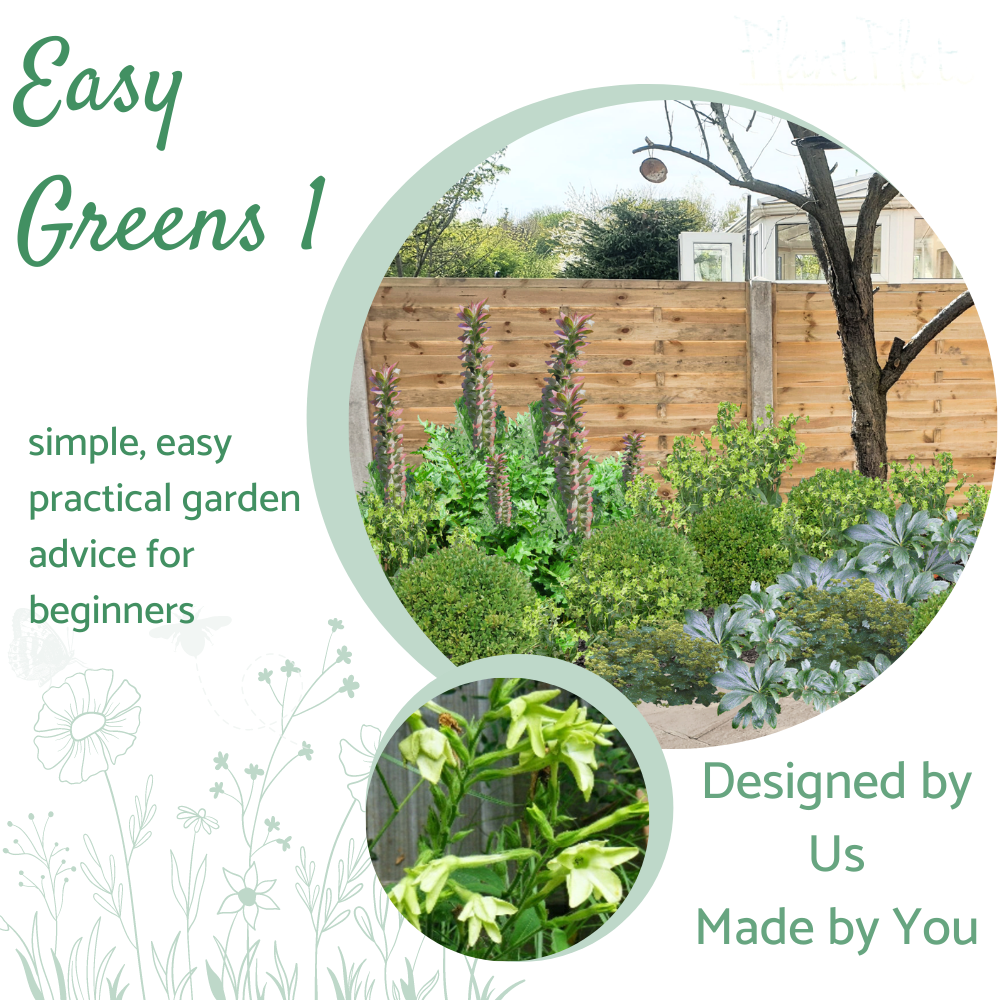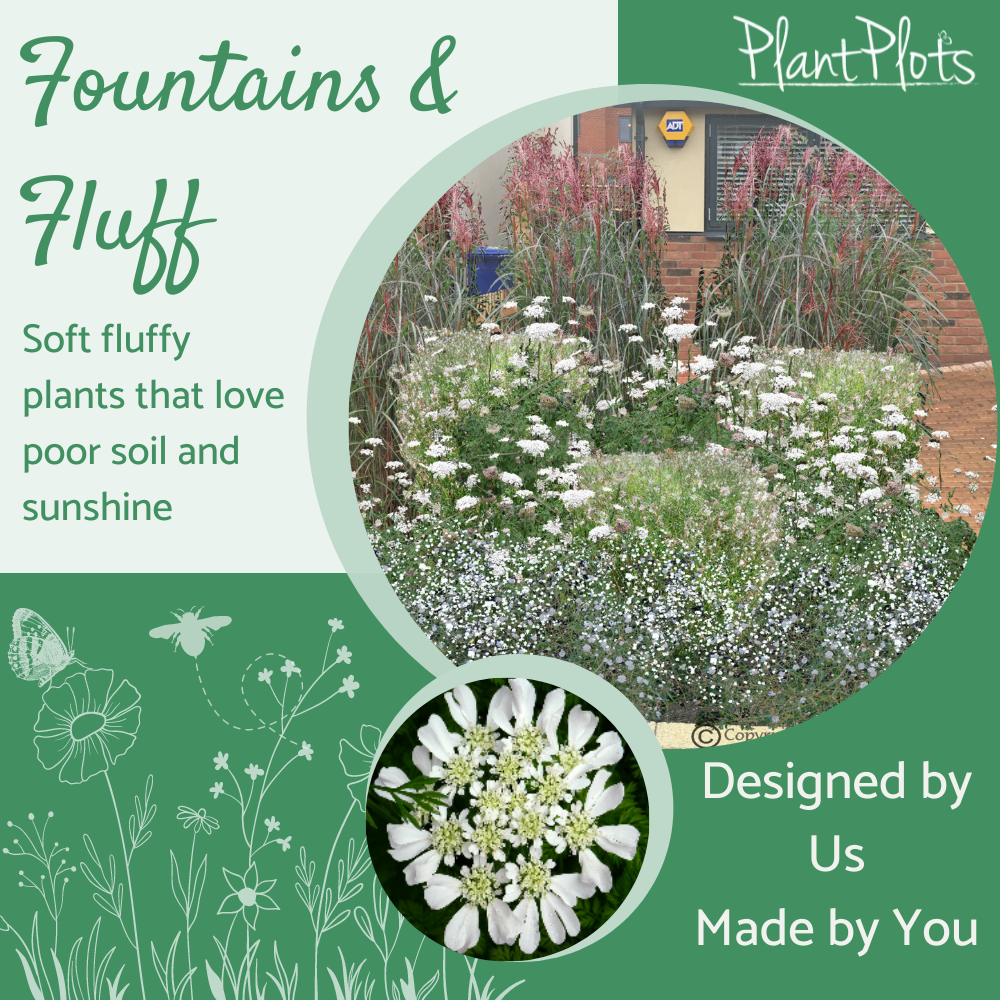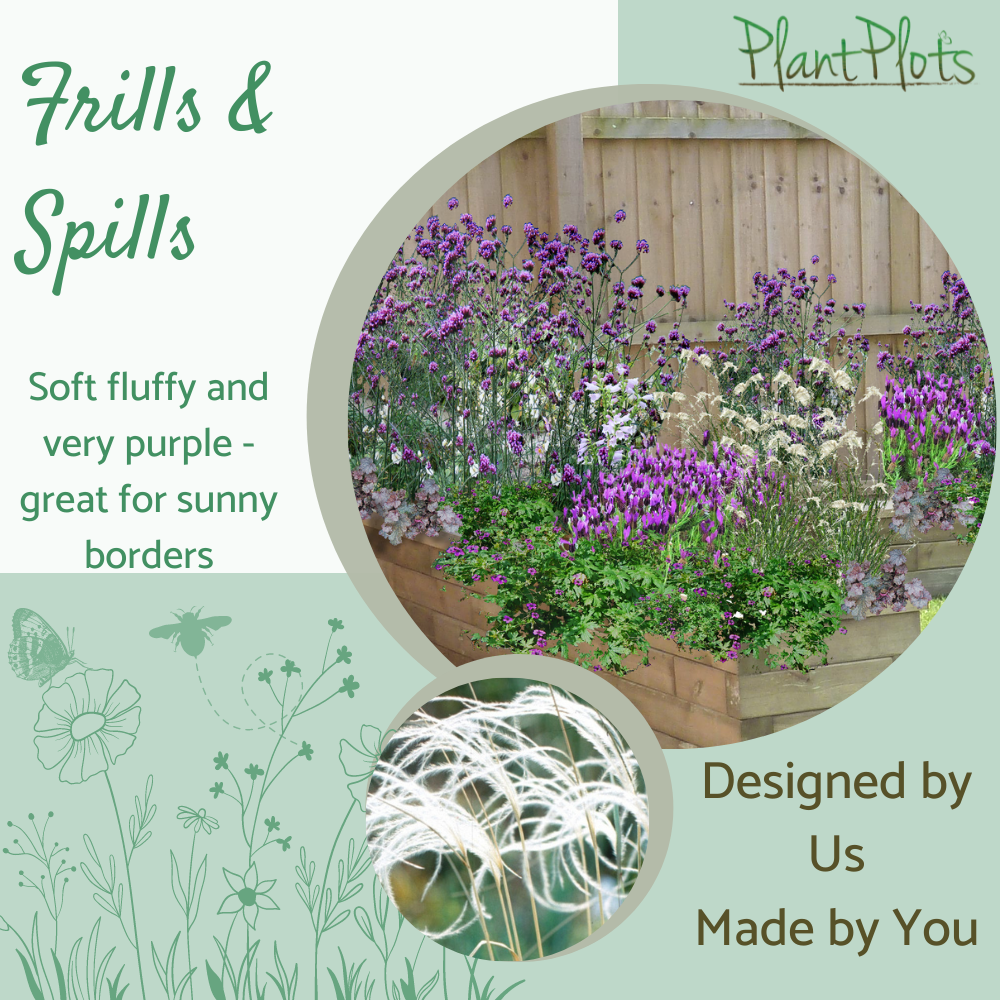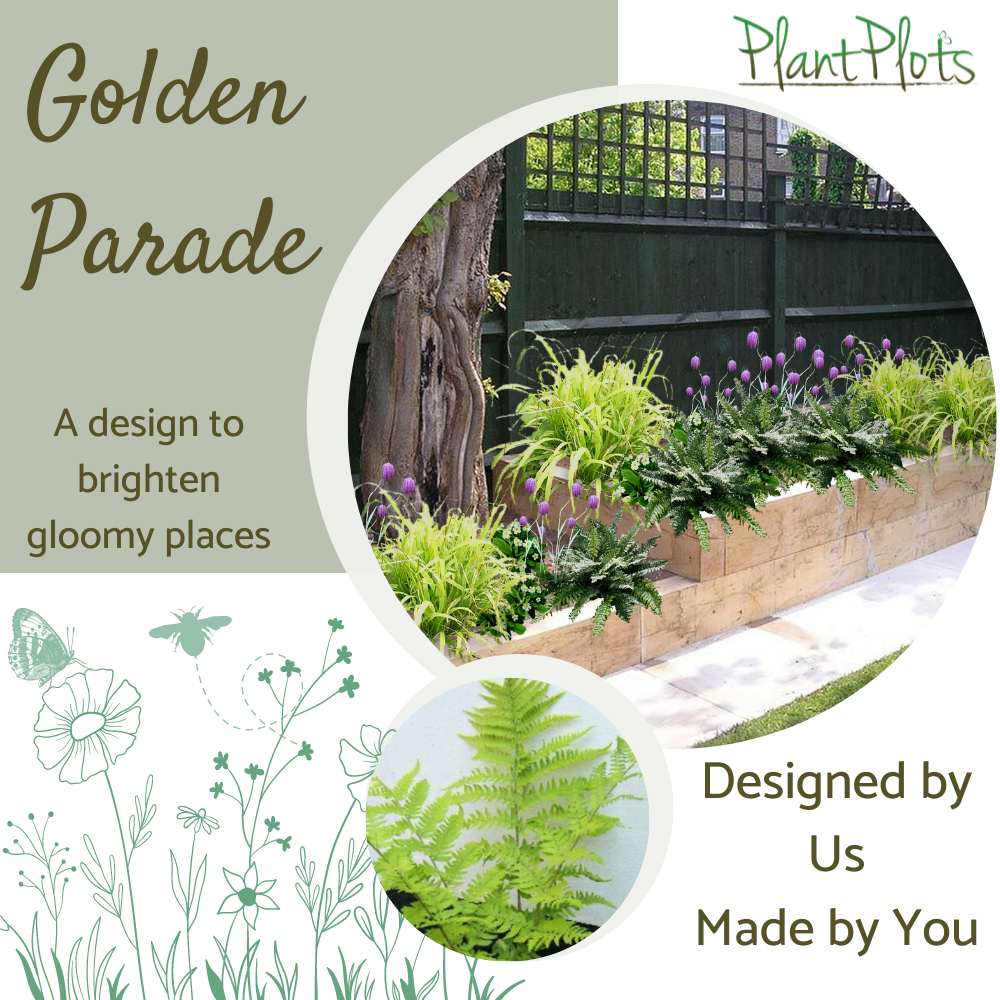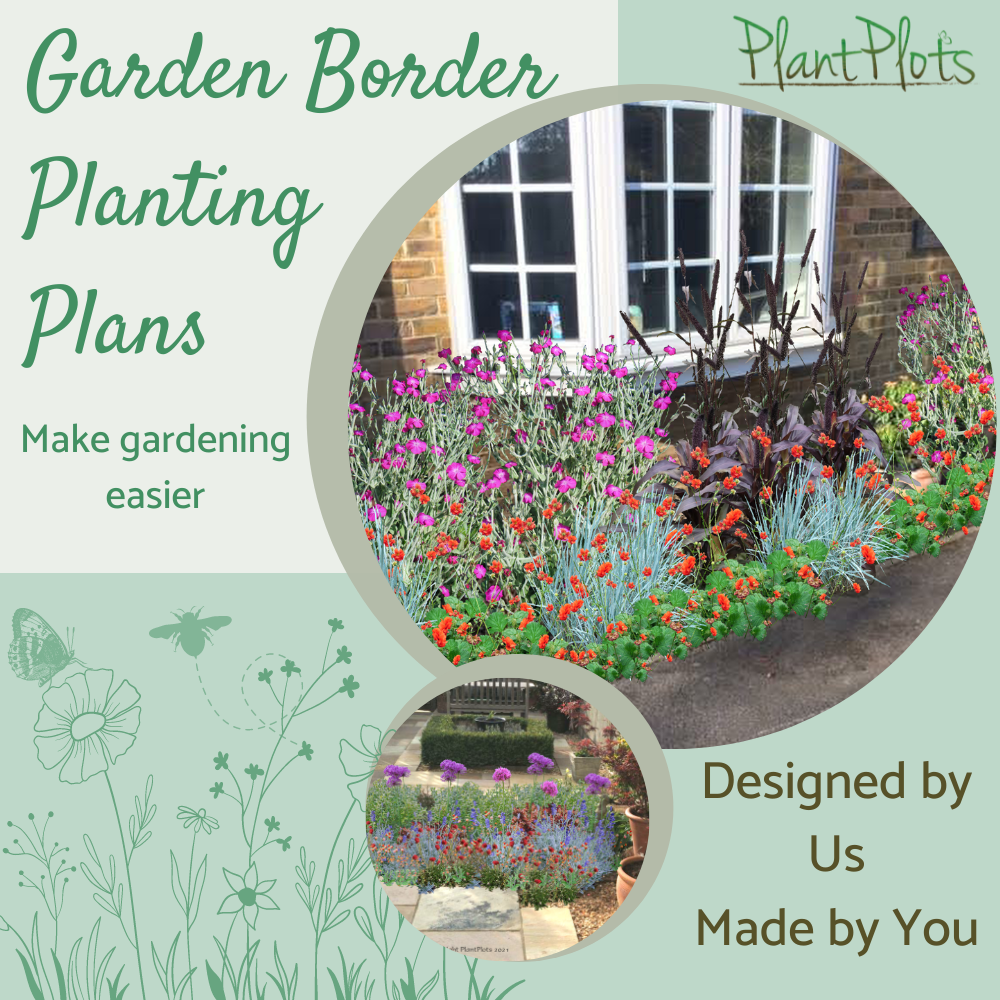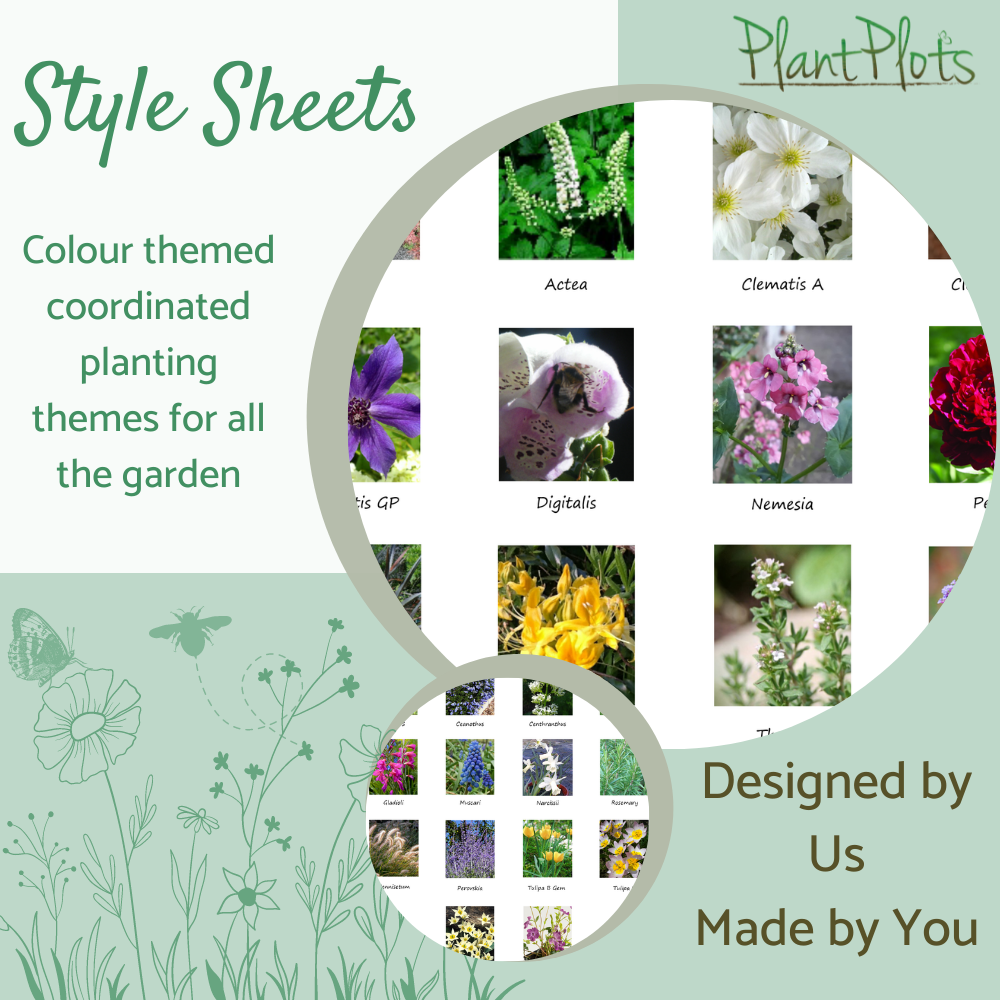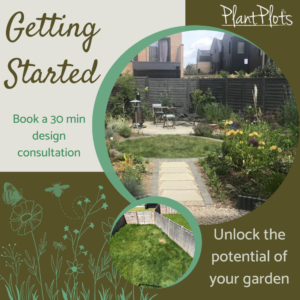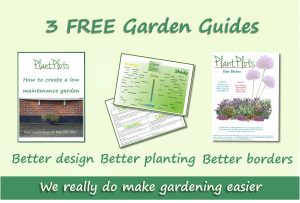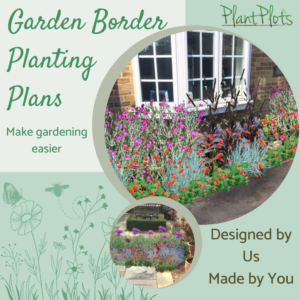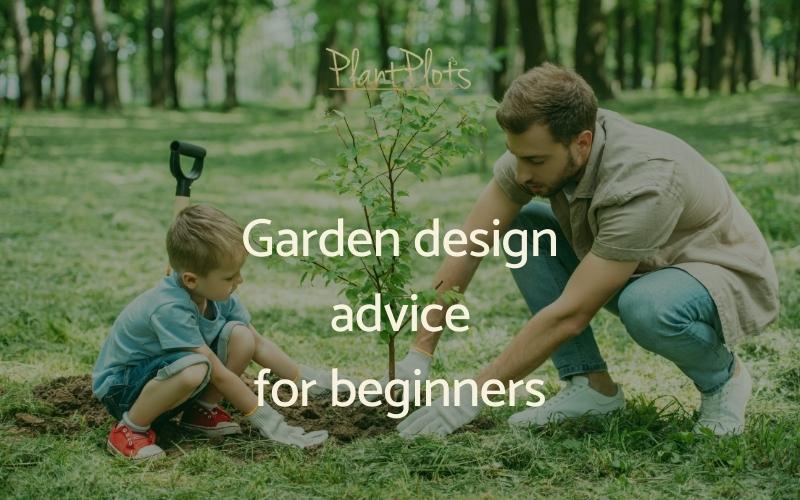
How do you even begin!
Garden Design for Beginners
Brilliantly simple garden design advice and videos for beginner gardeners or just anyone with a garden
Finally, a book written for anyone who wants a gorgeous garden, but hasn’t a clue how to begin!
How can we help? Enter your design question in the search box
The Garden only has to work for YOU
- Remember it is your garden and no one else’s!
so the garden needs to have only those elements important to you. Adding fancy ‘design’ features will not make it feel amazing!
- Create a list of how you want the garden to make YOU feel
Gardens aren’t just functional spaces they are emotional places too. How do you want the garden to feel? It’s a great way to start thinking about the design.
- Decide HOW much of a gardener you CAN be
‘Amazing’ gardens only look really amazing if they have dedicated owners. Instead, think; about how much mess will the garden make, and how much time can you spend gardening each week. Does this match the time you can give to the garden?
4. Write a list detailing how you intend to USE the garden
This could be because you want to spend time sunbathing or maybe you love walking amongst plants. You might prefer to sit on the patio and watch butterflies or create a sheltered nighttime seating spot. Decide what is most important to you.
Designing a garden from scratch
How very exciting, you have become the owner of your first-ever garden! But it’s also a little daunting, especially if you are new to gardening also. What do you do, where do you begin, and what do you need to know?
- It’s your first garden – it doesn’t need to look AMAZING!
So stop watching the TV makeover shows and bin the images from the magazines. This is your first-ever garden. It does not need to impress anyone, it just needs to make you happy
- Don’t try to transform the garden in one go
Gardening always has been a gentle process of evolution, learning and discovery. If you aim to ‘do’ the garden and get it finished in one go, you are unlikely to get every decision right. After all, you’ve never had a garden before. So start with just one area, which is an area you enjoy sitting in the most.
- Concentrate on making sure the garden delivers on the most important elements…
It doesn’t need to include everything like a water feature or a veg patch, a lawn and a fire pit. Decide on the most important feature YOU will enjoy using the most. Start with that one.
- Don’t start planning the garden by choosing a style
There is no need to create a style or a theme or spend loads of money on hard landscaping, feature plants and stylish lighting, that is not what a garden is. A garden in the place YOU enjoy relaxing in. It is a space that allows you to escape from the world; just a little bit. Consequently, for the garden to work as you want it to, you have to know what it needs to deliver and that involves asking some questions.
What is it about being outside that you enjoy? Is it the sounds of the birds, or curling up in a sunny corner with a book and a glass of wine? Do you love watching butterflies and insect buzz about or do just want a space that makes you feel the outside world is out of sight?
Understanding the primary purpose of the garden is the starting point. Then you start to work out how to achieve it.
What is it about being outside that you enjoy? Is it the sounds of the birds, or curling up in a sunny corner with a book and a glass of wine? Do you love watching butterflies and insect buzz about or do just want a space that makes you feel the outside world is out of sight?
Understanding the primary purpose of the garden is the starting point. Then you start to work out how to achieve it.
The next step: Patience; do absolutely nothing:
You need to see how you are going to use your garden before you do anything.
Just start to use the garden.
There will be a place you always put your chair to sit outside and it may not be where any existing patio is. Some plants will always look good and some will always just always cause issues. When mowing the lawn, where does the grass grows well? Which parts are awkward to mow & where doesn’t the grass ever grow well?
Plants also pop up at different times of the year, so does the garden have later flowering plants? There may also be some unwanted surprises, awful flower combinations and weeds you never thought you had.
Until you know how your garden behaves and how YOU USE IT, you can’t begin to work out a sensible design. Patience really is the starting point to getting the garden right for you.
What Makes a Garden Work?
Flow charts are a great way to help you design, they ask questions, show the options and help you find a solution to the problem. Once you mapped out all the questions you can think of, it is easier to prioritise the most important one.
By starting with your needs you will create a design that suits you. Remember it is not about creating a design that looks good, it is about enjoying being outside. Don’t get sucked into the thought process of trying to create a style like a contemporary or Mediterranean feel at the outset, the deciding on the style comes after you have worked out how you will use the space.
Simple Rules to Remember
Gardening can seem to be tricky and difficult and design even more so, you will hear words like form, function, proportion and flow and these are to the vast majority of gardeners pretty meaningless terms. At PlantPlots we try to make design and gardening easier…. so here are some simple rules to remember
20% of the garden will be used 80% of the time – so make sure you think about the 20% and get that right
Don’t focus on flowers, focus on the job you need the plant to do
All you need to start with is a place to sit, start with that, and make it lovely. Over time you will learn how you will use the rest of the garden, its faults and its good bits. You will make a better decision if you have a little patience.
Plan around design problems
Gardens like humans aren’t and can never be perfect and your new garden is going to be no different. You need to know what annoying habits the garden has and solve them.
So what sorts of problems are we talking about, well there are those you can do something about and those you are stuck with – these need planning into the design.
- Solvable problems could include, drainage or waterlogging, weeds that keep reappearing, plants that require cutting back ALL the time, lack of light, thorny bushes right by the garden gate or nowhere to hide the bins and so on.
- Issues you have to design around can include, shade from buildings or walls, lots of overlooking windows, ugly views, large shrubs or trees (yours and or the neighbour’s), your climate or your available garden budget!
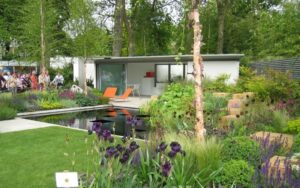
Match your Expectations with your Available Time:
Magazines are full of the most amazing-looking gardens – and they are truly beautiful. There are also thousands of images of perfectly tended vegetable patches brimming with lush veg and not a marauding pigeon in sight.
However, these gardens have been cultivated and cosseted by a full-time team of expert gardeners. They will have spent hundreds of hours ensuring the garden is preened to perfection for that one photograph….
& unless you want to do the same, your garden is unlikely to ever look like one of these.
Do not overestimate the amount of time you actually have spare to ‘do the garden’.
If you only have 1 hour a week to spare in the garden; the design and the plants you use must reflect this.
Otherwise, you will quickly end up with a weedy untidy mess.
The garden should have more green and orange flags than red ones.
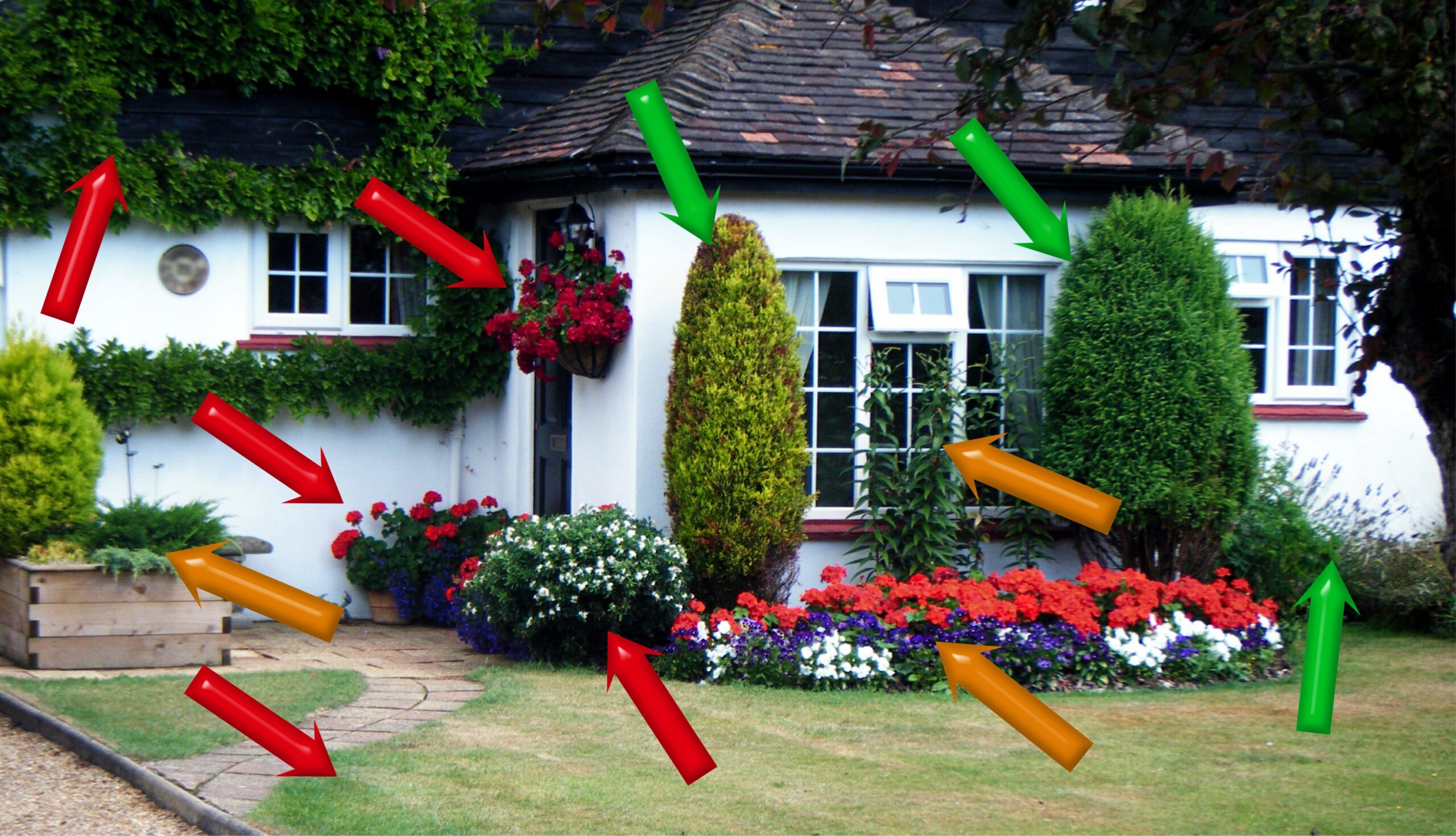
Don’t Plant a Problem:
Creating a low-maintenance garden is desirable for most of us so that we can sit in the garden and enjoy it without finding lots more stuff that needs doing. Actually getting this right is much harder to achieve. You really need to think hard about how you use the garden. What do you like to do in the garden and how much time do you have available to do some gardening?
Decide what low maintenance means for you – and then create the garden.
